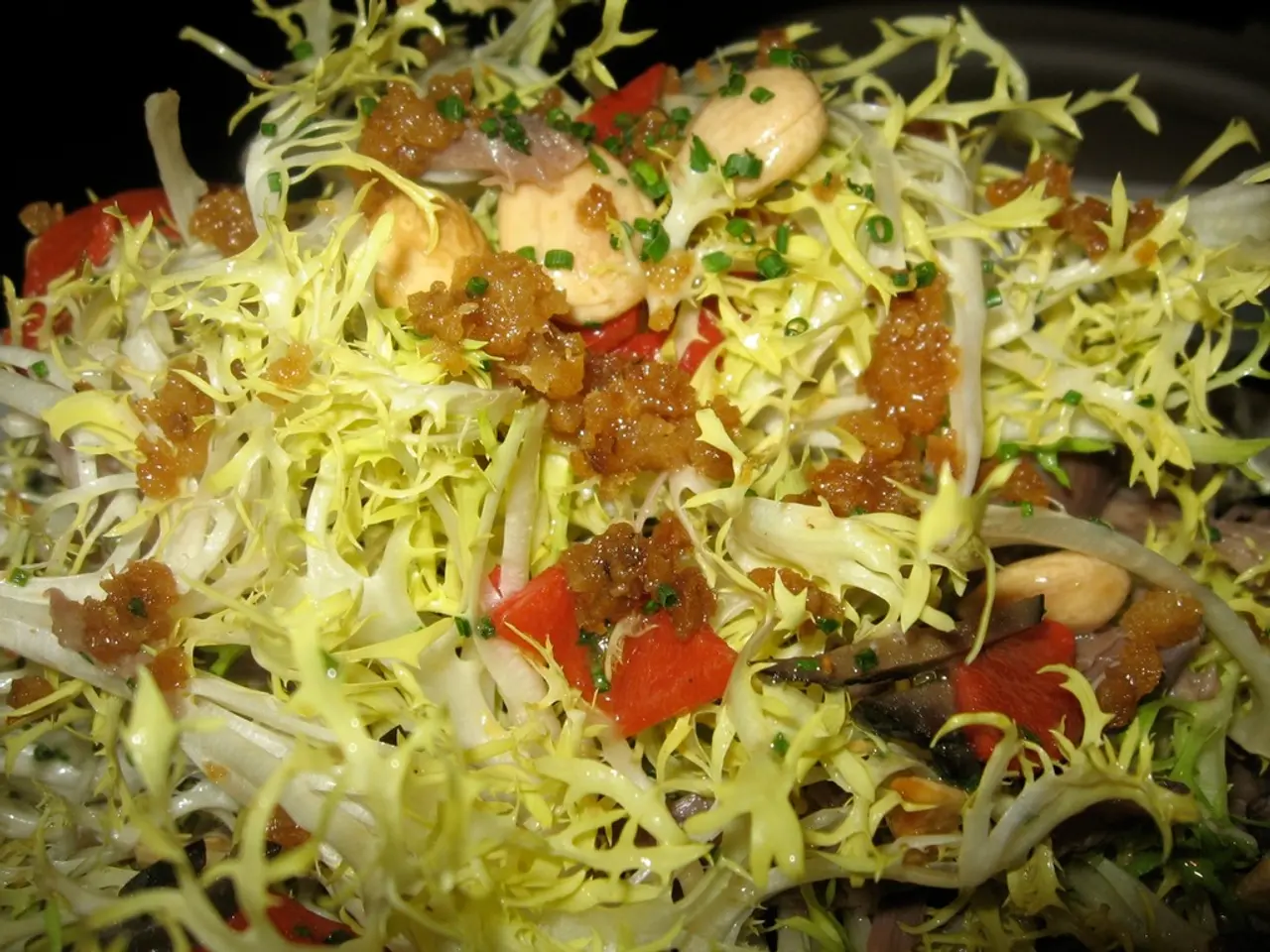Uncooked foods to steer clear of
Cooking has been an essential part of human civilization for excellent reasons, and modern food safety science continues to validate the wisdom of our ancestors who understood that some foods simply aren't meant to be consumed raw.
In today's complex food supply chains, understanding food safety has become more critical than ever. Here's a breakdown of the top foods that require proper cooking for food safety reasons and why:
Poultry, Ground Meats, Seafood, and Eggs
Poultry (chicken, turkey), ground meats (beef, pork, lamb), seafood, and eggs are foods of animal origin that demand precise cooking to recommended internal temperatures and careful handling to ensure food safety. Improper cooking or handling can lead to growth and survival of harmful bacteria such as Salmonella, Campylobacter, and Bacillus cereus.
- Poultry must be cooked to an internal temperature of at least 165°F (74°C) to kill bacteria like Salmonella and Campylobacter that often contaminate raw or undercooked poultry. Improper cooking is a common cause of foodborne illness.
- Ground meats require thorough cooking because bacteria can be mixed throughout during grinding and survive if undercooked.
- Seafood and raw or partially cooked fish can harbor bacteria such as Salmonella and E. coli—proper cooking or safe handling is essential to avoid illness.
- Eggs and egg-based dishes need proper cooking to reduce the risk of Salmonella infection.
Cooked Carbohydrate-Rich Foods
Although carbohydrate-based, certain cooked carbohydrate-rich foods like rice and pasta can be high-risk when improperly stored. Reheating may not always eliminate bacteria like Bacillus cereus, so proper cooling and refrigeration are essential.
Additional High-Risk Foods
- Stuffing and bread-based side dishes may contain raw eggs and broth that foster bacterial growth if not cooked or stored correctly.
- Mayonnaise or cream-based salads and sauces can spoil quickly and require proper refrigeration.
- Leftover gravies and pan drippings can promote bacterial growth without proper temperature control.
In summary, foods of animal origin—especially poultry, ground meats, seafood, and eggs—and certain prepared or cooked carbohydrate-rich foods like rice and pasta demand precise cooking to recommended internal temperatures and careful handling to ensure food safety.
Other Important Food Safety Considerations
- Contemporary food distribution creates contamination risks that didn't exist in traditional food systems. Higher elevations require temperature adjustments and extended cooking periods to achieve equivalent pathogen destruction.
- Raw eggs can harbor Salmonella enteritidis bacteria that penetrate intact shells and contaminate egg contents.
- Investing in quality thermometers and learning proper technique provides long-term protection for family health. Resting periods after reaching target temperatures allow heat distribution throughout food items and complete pathogen elimination.
- Instant-read thermometers provide the only reliable method for verifying safe temperatures.
- Amanita phalloides - the death cap mushroom - is responsible for 95% of mushroom poisoning deaths worldwide.
- Raw flour frequently contains E. coli bacteria that can cause severe illness and hemolytic uremic syndrome.
- Proper storage, handling, and cooking provide essential protection against pathogens that may have entered foods at any supply chain stage. Temperature monitoring should become routine practice for all potentially hazardous foods.
- Age matters significantly - older eggs have higher contamination probability than fresh eggs.
- The raw food movement offers some legitimate benefits, but safety must always come before trends. Cracked eggs pose significantly higher risks and should never be consumed raw.
- Both types of cassava require proper preparation to eliminate toxins safely.
- Commercial mushrooms are cultivated safely and pose no toxicity risks. Bitter cassava varieties contain significantly higher cyanide levels than sweet varieties.
- Cooking doesn't neutralize mushroom toxins. Pathogen contamination can occur regardless of production methods, and smaller producers may have less rigorous safety testing protocols than large commercial operations.
- Cassava root contains cyanogenic glycosides that release hydrogen cyanide when chewed or digested.
- Flour production doesn't include pathogen elimination steps. Traditional preparation methods involve multiple steps including peeling, grating, pressing, fermenting, and cooking. Fresh cassava should never be consumed without proper traditional preparation methods.
References:
[1] FDA Food Code (2017)
[2] USDA Food Safety and Inspection Service (2019)
[3] Centers for Disease Control and Prevention (2020)
[4] World Health Organization (2021)
[5] European Commission (2018)
Science and health-and-wellness play significant roles in ensuring food safety, particularly in the realm of nutrition. Proper cooking of foods like poultry, ground meats, seafood, and eggs, as well as cooked carbohydrate-rich foods such as rice and pasta, is vital to reduce the risk of foodborne illnesses caused by bacteria such as Salmonella, Campylobacter, and Bacillus cereus. Enhancing one's understanding of food safety through science and nutrition is essential in today's complex food supply chains.




